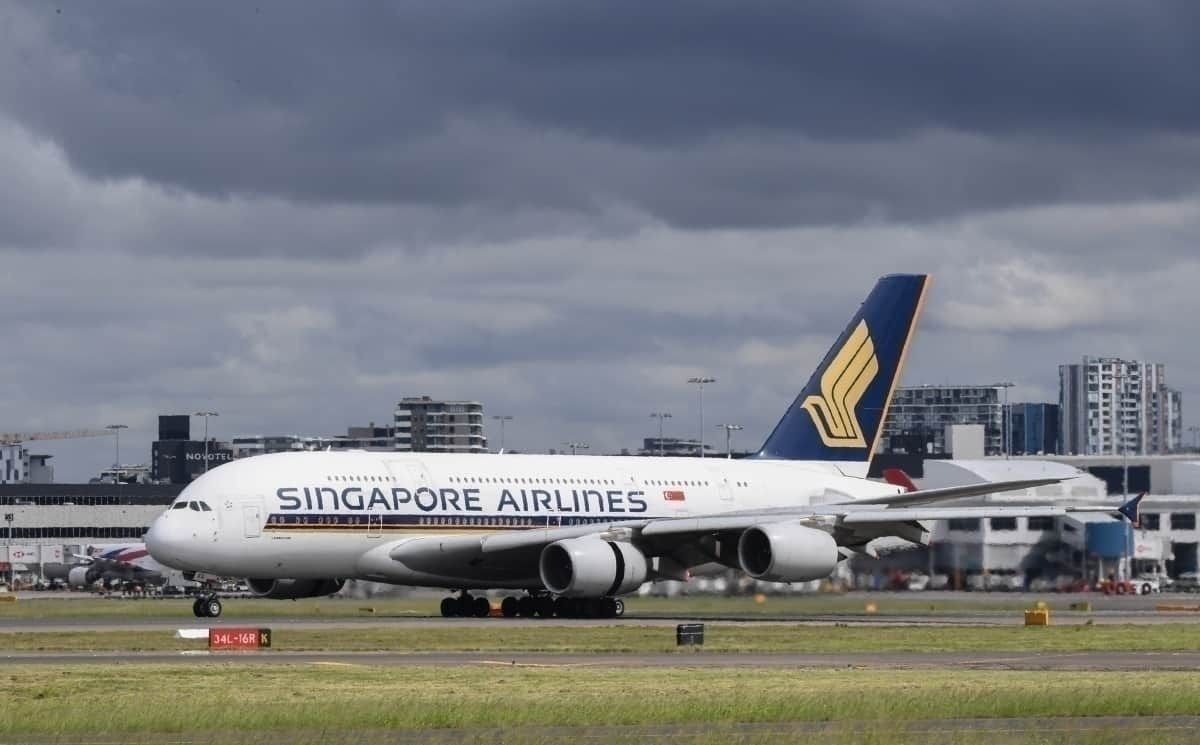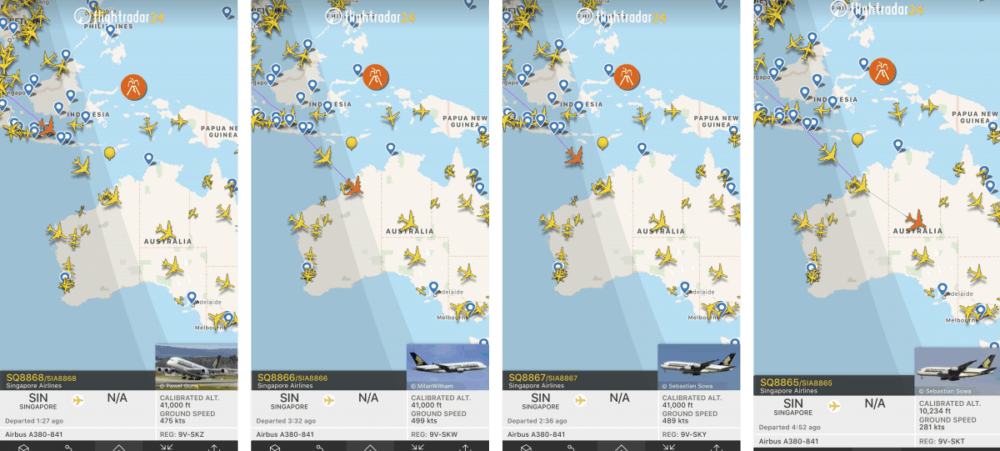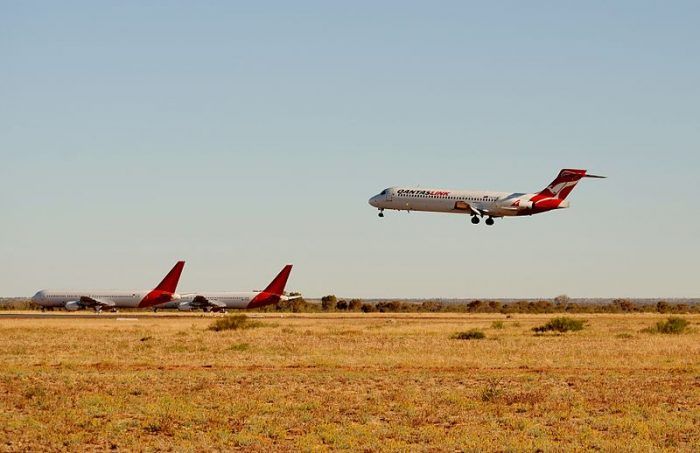With an over-abundance of capacity during this climate of reduced travel, airlines the world over have grounded their larger aircraft. For many airlines, the Airbus A380 was first on the chopping block. Now, as the COVID-19 pandemic drags on, airlines are moving their grounded aircraft into long-term storage. For Singapore Airlines, this means flying its A380s to Alice Springs, Australia.
Flight details
The Simple Flying team recently spotted the A380s heading towards Alice Springs via information available on FlightRadar24.com. Having departed roughly one hour apart from each other, the four superjumbos, their flight numbers, and registrations are as follows:
- SQ8865 - 9V-SKT
- SQ8866 - 9V-SKW
- SQ8867 - 9V-SKY
- SQ8868 - 9V-SKZ
Departing Singapore Changi (SIN), their destination is Alice Springs Airport (ASP). The actual flight time for the aircraft was just over five hours. The aircraft range between just three and eight years of age.
Professional videographer Chris Tangey of Alice Springs caught two of Singapore Airlines' aircraft landing at ASP. They can be seen in the video below:
[EMBED_VIMEO]https://vimeo.com/411970635[/EMBED_VIMEO]
What's in Alice Springs?
Most avgeeks with a sense of geography will pick up on the significance of Alice Springs. Positioned in the absolute middle of Australia (the city is only a few hundred kilometers away from the accurate center of the continent), the area of Alice Springs is surrounded by the vast desert outback.
This region and its arid climate are consistently dry with very little rain, no storms, and relatively low humidity. Humidity is the main concern as its presence will bring about corrosion for aircraft components. This will not be a problem at ASP.
While the temperature here has been known to reach some extremes, the electronics on board the aircraft should not be negatively affected. In fact, it is currently autumn in the southern hemisphere. As we into the Australian winter, we'll see milder temperatures in the mid to low teens for the next four or five months. Extreme heat won't be a problem in the short term.
Another ideal aspect of regions like this is that the surface is solid enough to support the weight of these massive aircraft. Thus no paving is required of the vast landscape with little worry about damage to the ground. Another well-known region that supports "airplane boneyards" is the Mojave Desert in the United States, with sites in both California and Arizona.
Conclusion
According to Mainly Miles, Alice Springs is already host to three of Singapore Airlines' Boeing 777-200ERs as well as two Scoot Airbus A320s. Furthermore, SilkAir’s fleet of six Boeing 737 MAX 8 aircraft have been at ASP for more than six months.
These aircraft won't be totally abandoned at the storage facility. In fact, regular maintenance must be performed on all aircraft to ensure they are suitable for operation when the time comes. As we noted in a previous article, wheels have to be turned just slightly on a daily basis to prevent warping under the weight of the aircraft. Beyond this, inspections and tests need to be performed on a weekly basis.
Do you think we'll see even more aircraft join these A380s at Alice Springs? Let us know in the comments.



